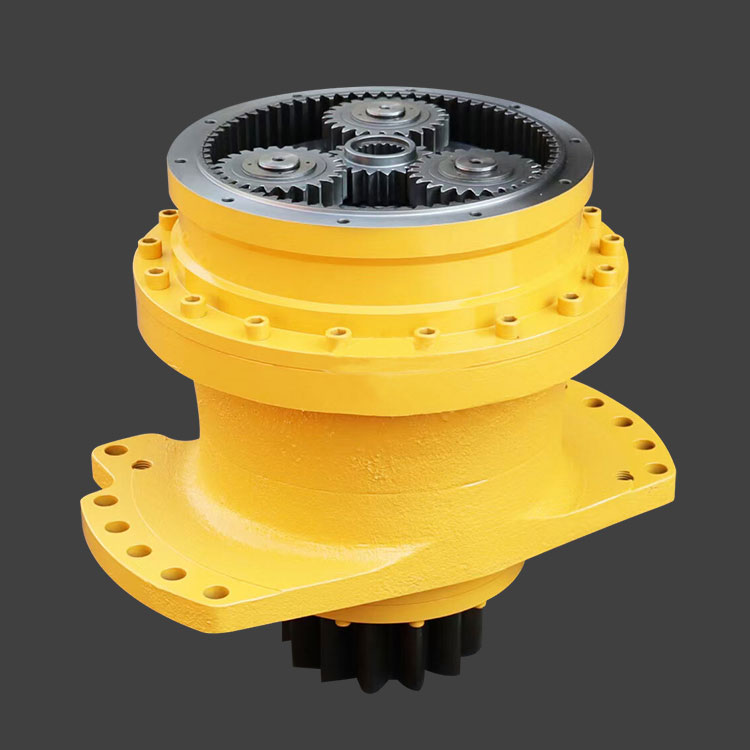Exploring the Heart of Heavy Machinery: The Primary Function of a Swing Reduction Gearbox
2024-03-22
In the realm of heavy machinery, every component plays a crucial role in ensuring smooth and efficient operation. Among these components, the swing reduction gearbox stands out as a vital piece of machinery that drives movement and functionality. But what exactly is the primary function of a swing reduction gearbox? In this blog, we'll delve into the inner workings of this essential component and explore its primary role in heavy machinery.
Understanding the Swing Reduction Gearbox:
Before diving into its primary function, let's first understand what a swing reduction gearbox is. A swing reduction gearbox, also known as a swing drive or swing motor, is a mechanical device used in heavy machinery, such as excavators, cranes, and drilling rigs. It is typically located at the base of the machine's rotating platform, known as the swing platform or superstructure, and is responsible for controlling the rotation or swinging motion of the equipment.
The Primary Function:
The primary function of a swing reduction gearbox is to transmit power from the machine's hydraulic or electric motor to the swing platform, allowing it to rotate horizontally. This rotational movement is essential for various operations performed by heavy machinery, including excavation, lifting, and positioning of materials or equipment.
Key Components and Operation:
A swing reduction gearbox consists of several key components, including gears, bearings, shafts, and seals, housed within a robust housing or casing. The gearbox receives power from the machine's prime mover, typically through a hydraulic or electric motor, which drives the input shaft of the gearbox.
Inside the gearbox, the input shaft transfers rotational energy to the primary gears, which are meshed with secondary gears connected to the swing platform. As the primary gears rotate, they transfer torque to the secondary gears, causing the swing platform to rotate accordingly.
Importance in Heavy Machinery:
The function of a swing reduction gearbox is integral to the overall operation of heavy machinery, as it enables precise control and maneuverability during various tasks. For example, in an excavator, the swing gearbox allows the operator to rotate the excavator's boom and bucket assembly to access different areas of the worksite with ease.
Without a properly functioning swing reduction gearbox, the efficiency and productivity of heavy machinery would be severely compromised. Any malfunction or failure in the gearbox could lead to costly downtime, delays in project timelines, and potential safety hazards for operators and personnel.
Conclusion:
In conclusion, the primary function of a swing reduction gearbox is to facilitate the controlled rotation or swinging motion of heavy machinery's superstructure or swing platform. By transmitting power from the machine's prime mover to the swing platform, the gearbox enables precise maneuverability and operation during various tasks, ensuring efficiency, productivity, and safety on construction sites and industrial environments. As an essential component of heavy machinery, the swing reduction gearbox plays a pivotal role in driving progress and innovation in the construction and manufacturing industries.



